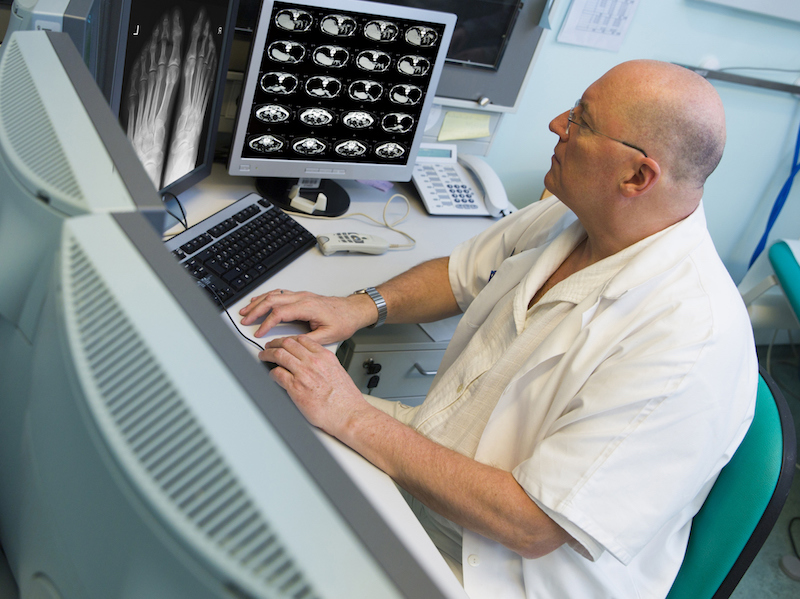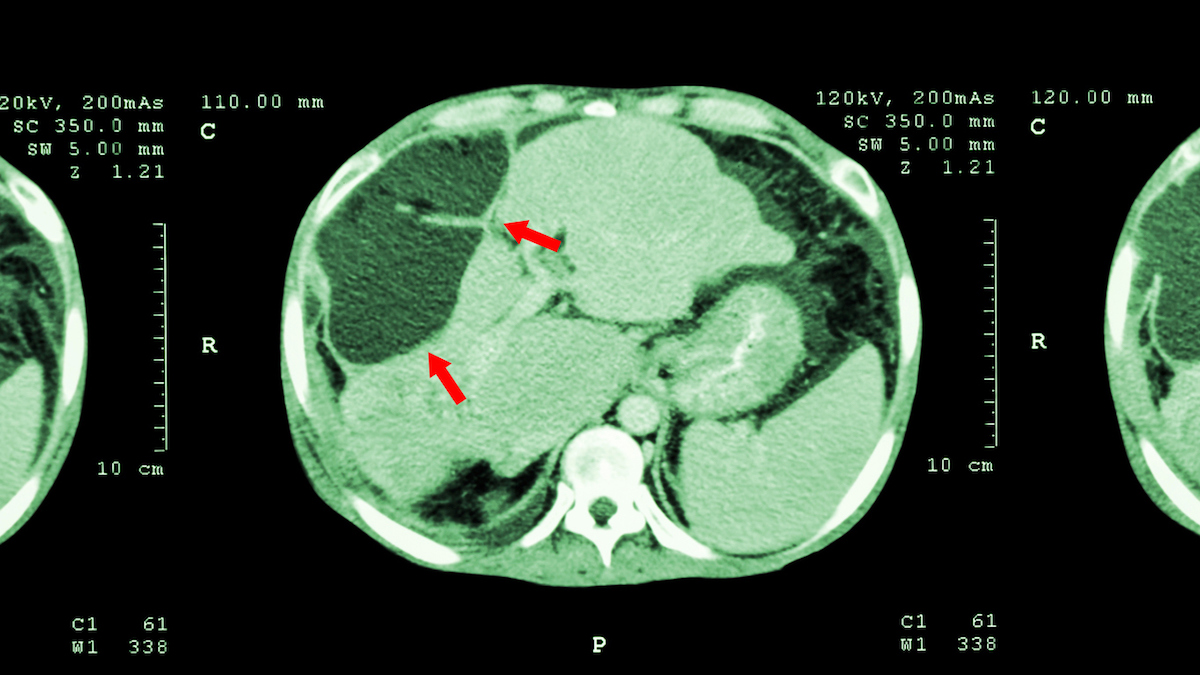As Data Age 2025 barrels toward us, I’ve been experiencing a personal healthcare story that got me thinking.
I was recently sitting in a hospital waiting room with my 65 year old brother-in-law and his wife. His liver cancer has been caught early, which is great news. Unfortunately, he also has cirrhosis of the liver, due to Hepatitis C — a diagnosis that has been uncommonly high among military veterans of his era, that is, those active through the 1960s, 70s or 80s.
Now, he is on the list for a liver transplant, but right now the cancer must be dealt with.
We were at the hospital so the doctors could map the liver for treatments he’d soon receive. Abdominal CT and bone scans were needed to verify the location of two cancer spots on his liver and rib locations for external probe insertions into his liver.
What do these medical scans have to do with Data Age 2025?
 I was contemplating the amount of data being generated by these scans and others he has had the past couple months. It was mind blowing.
I was contemplating the amount of data being generated by these scans and others he has had the past couple months. It was mind blowing.
The MRI’s, CT scans, bone scan, liver mapping, etc. The MRI alone can produce approximately 2MB for each individual 2mm thick image slice, and that’s on the modest end. A single torso scan could have 4000 slices. That’s at least 8GB of data generated for just one typical torso MRI.
That’s just for starters. The number may be higher or lower depending on the resolution, 2D vs 3D, Single perspective or multiple. The more options selected, the bigger the data set. In this case, the imaging created a 3D rendering of the abdominal area concentrating on the liver — in itself driving the creation of a lot more data. This enabled the team at the Liver Center to pinpoint tumor locations, identify blood supplies, and develop the most effective targeted treatment for each tumor.
The data from our bodies instructs researchers and practitioners
Consider the analysis, reports, and diagnostics generated from the scan results that measure organ defects or cancerous tumors, and thus, illustrate areas to be treated so a doctor can decide the best course of action for the patient and might choose treatments ranging from chemicals, surgical redaction, radiation or embolization.
All of this data has to be compiled, compared, analyzed, and maintained for future reference, for medical reviews, for case evaluations and — especially — to help enable medical advancements. The data for the tests we were there for was to be shared with multiple doctors at multiple facilities, generating multiple sets of the same data.
Today, we are fortunate that technology makes it possible for medical practitioners to look inside our bodies and evaluate, investigate and determine the best course of action to heal, repair or replace organs, reset bones and restore our health, giving us precious time with our families and longer lives.
As medicine progresses and quality of healthcare improves, the amount of data generated for these diagnostic tools will be astronomical and will drive a continually growing need for data management, analysis and retention solutions.







